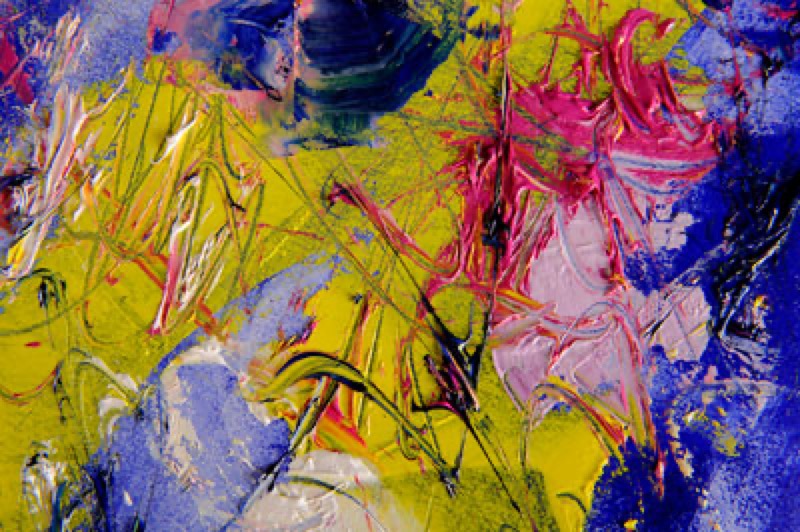Impastos, that is, texture effects, help make your material a lot more original! Plus, they are very easy to create
What you need to know
Impastos are spots of paint thick enough to retain the mark of the instrument (paintbrush or painting knife) that laid them.
- Advantage: Acrylics can be considerably thickened with a medium (modeling paste or texture gel).
- Constraint: Because acrylics dry very fast, you need to work pretty quickly.

1. Doing an impasto
You can work on the entire surface of the painting or limit the impastos to certain areas of your composition to make them stand out.
- Use undiluted acrylic paint straight out of the tube.
- Apply it directly to the medium.
- Use a paintbrush to work the paint into the desired form. Make sure not to touch up too much: this flattens the paint and makes the characteristic impasto peaks disappear!
To thicken the paint some more, mix the color with a gel medium (50% paint and 50% medium).

2. Creating original textures
To create original textures, you need a medium called "modeling paste" (pâte de modelage, in French), a painting knife and various instruments (fork, comb, rag, coin) for making marks in the paint. Give your imagination free rein!
- Mix a dab of acrylic paint with some modeling paste.
- Apply the mixture to the medium with a knife and smooth the layer.
- Use the teeth of a comb to draw straight or wavy, raised lines, in the coat of paint. Otherwise, use a fork to produce ridges and grooves, a coin to make round mark, etc.
Recommended product:
Graduate Oil and Acrylic
